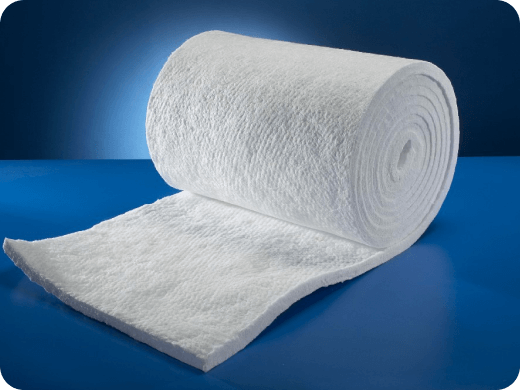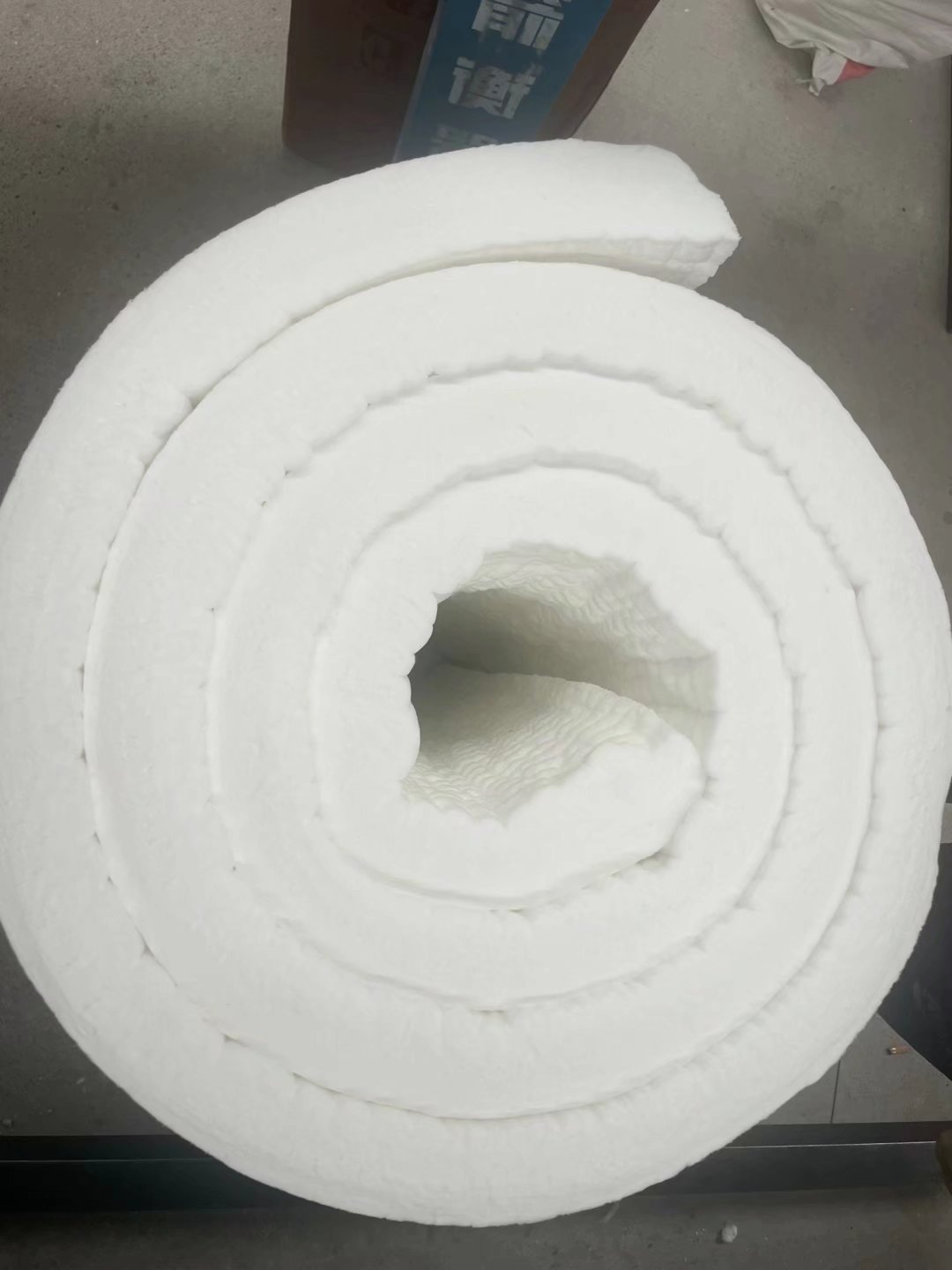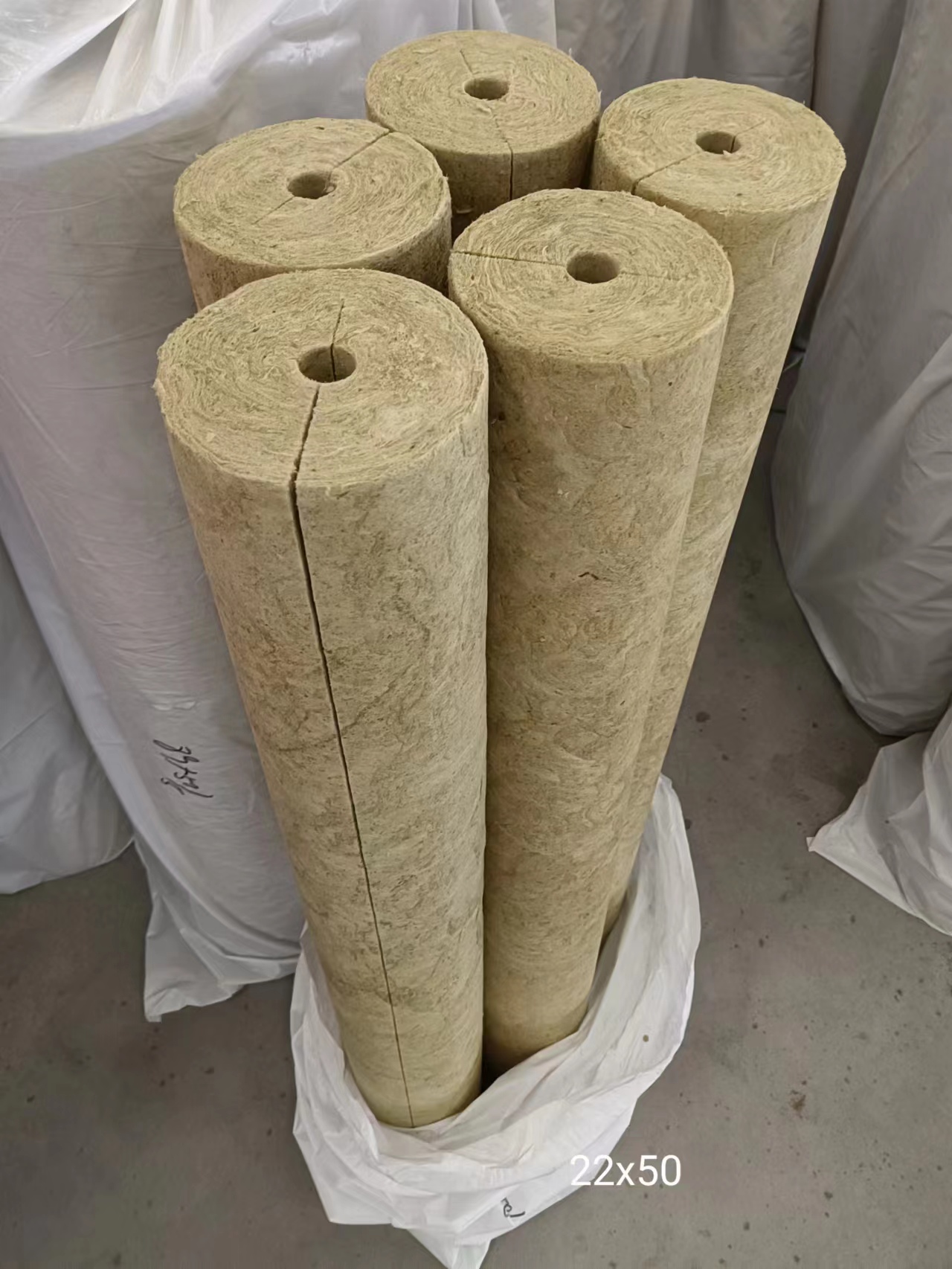When planning a construction or renovation project, selecting materials that balance longevity, functionality, and cost-effectiveness is critical. For applications requiring enhanced insulation, fire resistance, or structural stability, 25mm calcium silicate board (CSB) has emerged as a top choice. But one question remains: “How long does a 25mm calcium silicate board last?”
Thicker than its 10mm calcium silicate board counterpart, 25mm calcium silicate board offers superior performance in demanding environments—from high-moisture areas like bathrooms to industrial settings with temperature fluctuations.
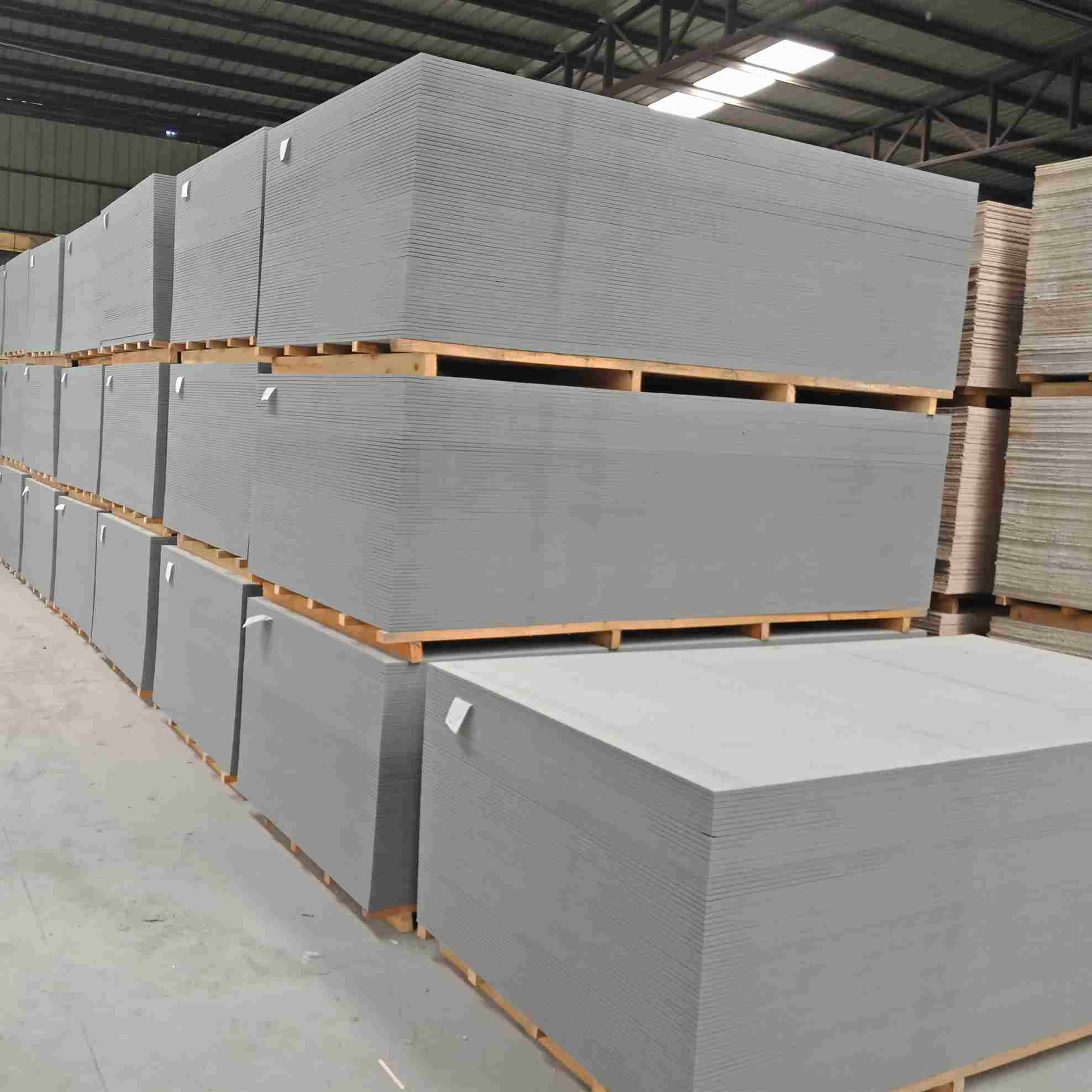
Calcium silicate board is an inorganic, non-combustible building material engineered from sand, lime, and cellulose or mineral fibers. The “25mm” denotes its thickness—a key upgrade that enhances its structural strength, thermal insulation, and acoustic performance.
Common uses for 25mm calcium silicate board include:
While 25mm calcium silicate board is inherently durable, its lifespan depends on three interrelated factors:
Thicker boards demand precise installation to avoid stress points or weak spots. Poor practices can drastically shorten their lifespan:
Pro Tip: Always use galvanized or stainless-steel fasteners (to avoid rust) and follow the manufacturer’s spacing guidelines (typically 150-200mm between screws).
25mm calcium silicate board performs best in stable, dry environments, but its resilience to harsh conditions depends on exposure:
Regular upkeep is critical for extending lifespan:
Under ideal conditions (proper installation, dry indoor use, and minimal stress), a 25mm calcium silicate board can last 30-40 years—5-10 years longer than 10mm boards, thanks to its added thickness and strength. However, real-world performance varies by application:
| Application Scenario | Expected Lifespan | Key Influences |
|---|---|---|
| Indoor drywall (living rooms, offices) | 35-40 years | Stable humidity, no direct moisture. |
| Bathroom/kitchen walls (with sealant) | 25-30 years | High humidity; sealed edges and regular cleaning extend life. |
| Floor underlayment (tile/wood) | 30-35 years | Load distribution; avoid heavy point loads (e.g., dropped appliances). |
| Exterior cladding (with weatherproofing) | 20-25 years | UV exposure and weather; coatings (e.g., fiber cement paint) add 5-8 years. |
| Industrial insulation (stable temps) | 40+ years | Consistent conditions; minimal vibration or chemical exposure. |
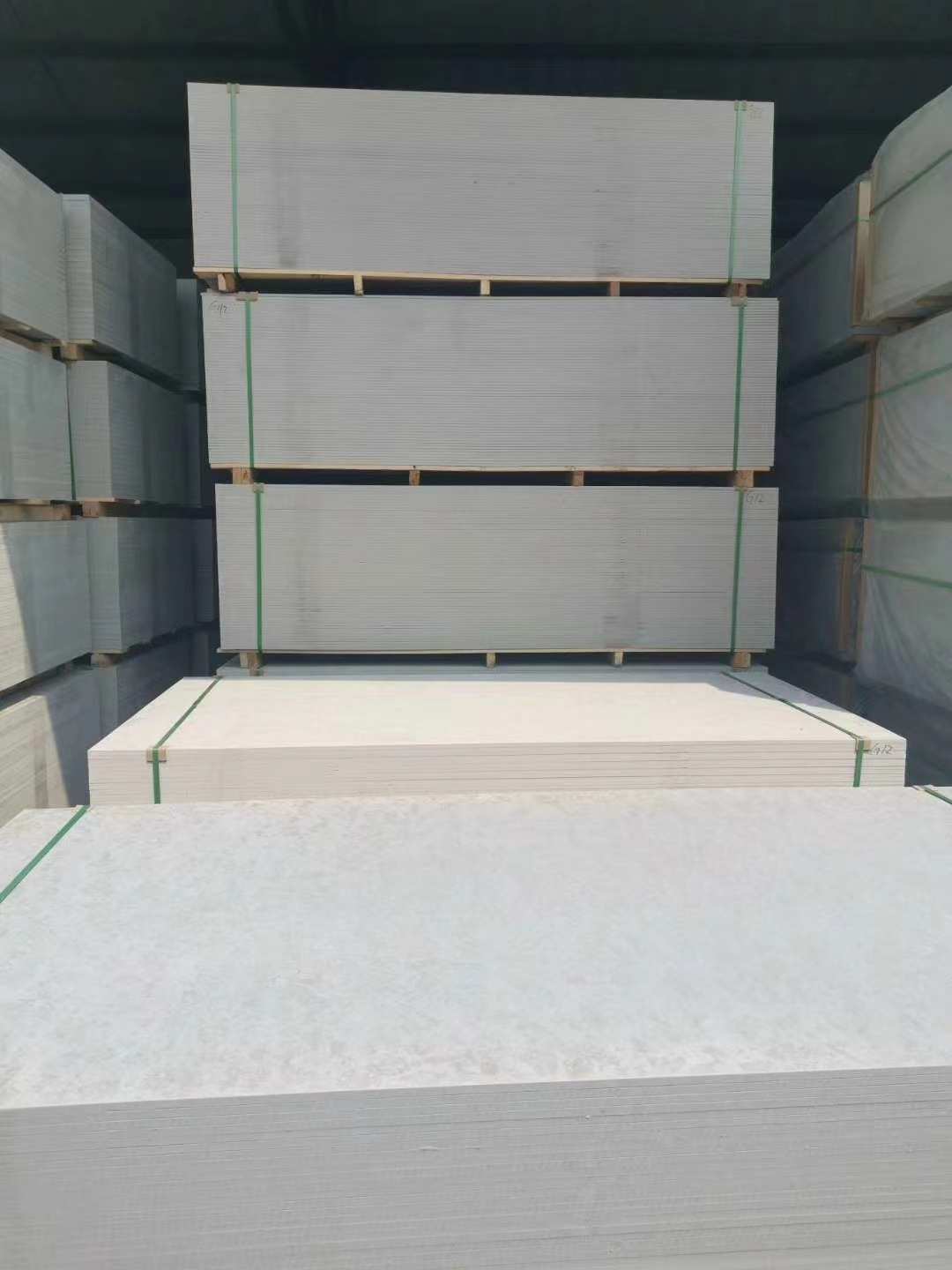
To get the most from your 25mm calcium silicate board investment, follow these expert-backed strategies:
Choose Premium-Quality Boards: Opt for boards with ASTM C1325 certification (standard for fiber-cement boards) and reputable brands. Look for additives like silica fume or polymer coatings, which boost moisture and impact resistance.
Seal All Exposed Surfaces: Apply a waterproof sealant (e.g., silicone or acrylic) to cut edges, corners, and joints—critical for bathroom or exterior applications.
Avoid Ground Contact: Even with a vapor barrier, never install 25mm calcium silicate board directly on soil. Use a 50mm gravel bed or concrete slab to prevent moisture wicking.
Upgrade Fasteners for Heavy Loads: For floor underlayments or walls supporting heavy fixtures (e.g., shelves, TVs), use 3.5mm diameter screws spaced 150mm apart.
5. Monitor Indoor Humidity: Use dehumidifiers in basements or bathrooms to keep humidity below 60%—this prevents slow moisture absorption and mold growth.
A 25mm calcium silicate board is a robust, long-lasting solution for projects requiring durability, fire resistance, and thermal efficiency. With proper installation, proactive maintenance, and smart environmental management, it can easily exceed 30 years—even in challenging conditions.
